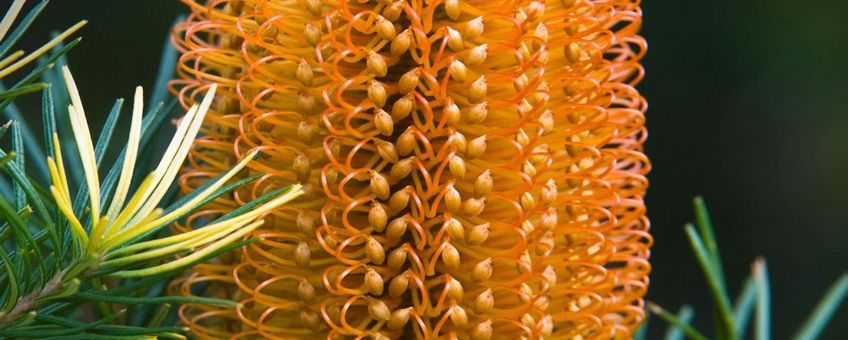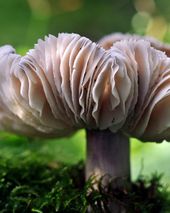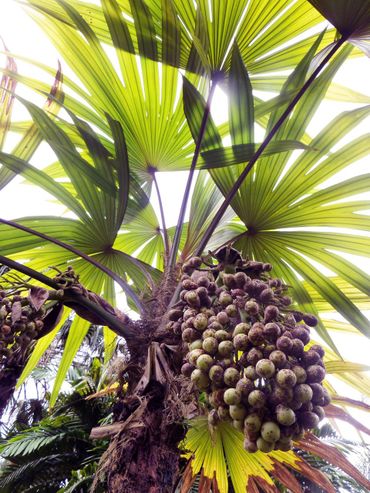
The state of plant species worldwide
Naturalis Biodiversity CenterThe Kew Botanical Gardens report is a collaboration between Kew Botanical Gardens, 210 researchers and 97 institutes in 42 countries. The report shows that much of the world's plants are not doing well.
What and where to protect
 Many plant species are threatened with extinction, including species that haven't been discovered and named by science yet. Fortunately, not all of the report's findings are alarming. The report also reveals how many and what types of fungi there are.
Many plant species are threatened with extinction, including species that haven't been discovered and named by science yet. Fortunately, not all of the report's findings are alarming. The report also reveals how many and what types of fungi there are.
Large fruits
One of those 210 researchers is Renske Onstein, an evolutionary biologist at Naturalis. Renske Onstein and her fellow researchers found that the fruits of palms on mainland Africa are larger than the fruits of palms in other tropical regions. 'We think this is because there are still a lot of large animals in Africa,' Onstein says. 'They can eat the fruits and disperse the seeds. Many of those large animals are extinct in other places,' she continues. 'Also, it seems that the large fruits are mostly found in areas with a seasonal climate. A seasonal climate emerged more strongly in Africa than in other areas over the past 15 million years. This taken together may have caused the fruits here to have evolved to be large and remained large.'
The bigger picture

With her research, Onstein contributes to the knowledge about how variation in plants occurred, which is important for a better understanding of biodiversity. That's why her research is included in the report. "Also, this research links to other studies that have looked at patterns of variation in plants worldwide, which together show the bigger picture of how plant species diversity emerged,' Onstein explains.
Adjust and spread
Onstein plans to continue researching the large fruits in palms and in other groups of plants in the near future. She hopes to discover whether the large fruits really originated in Africa, or whether they originated somewhere else and then spread to Africa. She is also curious to know what happens now to large fruits in places where there are no large animals to spread the seeds. Do these fruits suffer from very little dispersal, or did they adjust to this and do they now spread in a different way?
Crucial insights
Thus, the Kew report and Onstein's research tell us more about the global variation of species and plants. All that data together offer crucial insights in which plants and fungi need to be protected, and where.
More information
- The report of Kew Botanical Gardens (pdf: 45,3 MB).
- The special collection of scientific articles of which Renske was editor.
- The scientific article about Renske Onstein's research.
- The page of Renske Onstein at Naturalis.nl.
Text: Lotte Berendse, Naturalis Biodiversity Center
Images: Renske Onstein; Kew Botanical Gardens
